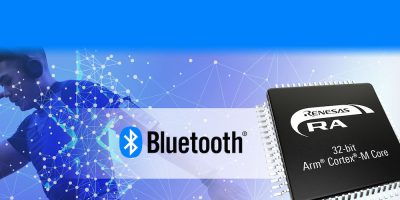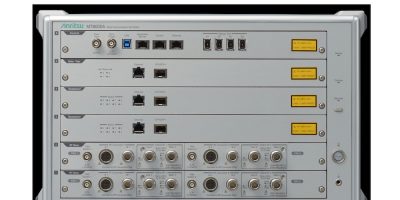Microcontrollers that will support the recently released Bluetooth 5.3 Low Energy specification will be part of the Renesas Advanced (RA) family of 32-bit Arm Cortex-M microcontrollers. They will join the RA4W1 Bluetooth 5.0 LE device introduced last year.
The Bluetooth 5.3 specification was released on July 13, 2021. It includes new features, such as allowing receivers to filter out messages without involving the host stack to improve the receiver duty cycle. It also enables peripheral devices to provide preferred channels to a central device in order to improve throughput and reliability. There are sub-rated connections which improve switching time between low and high duty cycle connections for applications that occasionally need to switch to burst traffic, explains Renesas.
The new microcontrollers will support these features. In addition, they will support the direction-finding functionality introduced in Bluetooth 5.1 as well as the isochronous channels added in Bluetooth 5.2 for stereo audio transmission. Software-defined radio (SDR) capabilities will allow customers to migrate to new specification releases at a later date.
The new products will be supported by the RA family’s Flexible Software Package (FSP) for development of applications and the Renesas QE for Bluetooth LE plug-in. This is a dedicated Bluetooth profile and application development support tool. They will also include the RA family’s security and safety mechanisms, including TrustZone support.
Roger Wendelken, senior vice president in Renesas’ IoT and Infrastructure Business Unit, commented: “By offering early, robust support for the Bluetooth 5.3 LE specification, we will enable our RA customers to be first to market with their next-generation products.”
Renesas reports that the new microcontrollers are being developed using an advanced manufacturing process that will enable high-performance, low power consumption and small package options. Samples are expected to be available in Q1 of 2022.
Renesas Electronics specialises in microcontrollers, analogue, power and SoC products for a broad range of automotive, industrial, Infrastructure, and IoT applications.







